Hollywood star Joan Crawford began life as Lucille Fay Le Sueur in San Antonio Texas on March 23, 1906.
She was the daughter of Thomas LeSueur who was born Jan 2, 1868, in Tennessee and died January 1, 1938, in Abilene, Texas and his wife, Anna Bell Johnson LeSuer born Nov 29, 1884, in Texas and died August 15, 1958, in Los Angeles. Thomas was descended from French Huguenots from Calais, France.
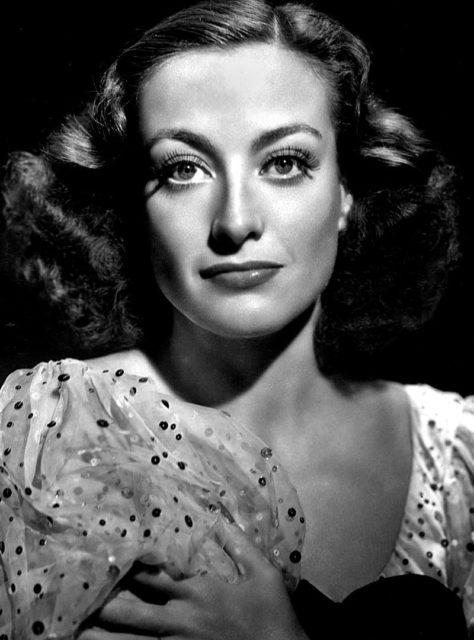
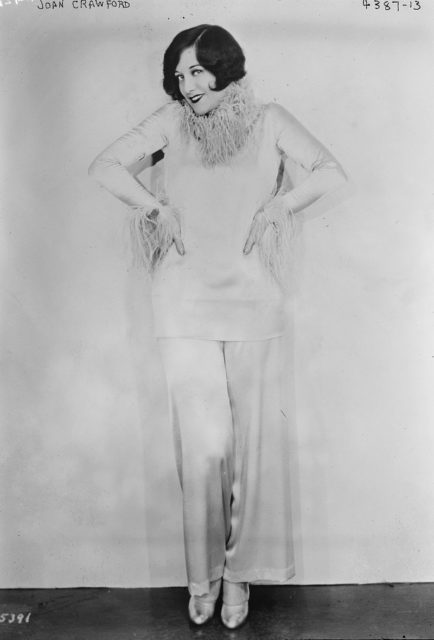
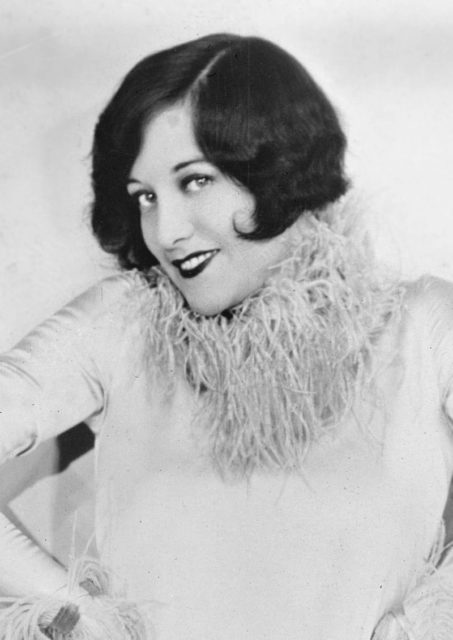
Thomas and Anna separated before she was born and as a young girl Crawford had to work low paying jobs to help keep her family afloat. Bullied at school and possibly abused at home, her escape was dancing. In fact, Crawford never had any ambitions to be an actor and her dream was to become a famous dancer. Her stepfather, Henry Cassinn owned an Opera House in Lawton, Oklahoma and Crawford spent many hours getting to know the performers and was soon sewing costumes and performing with her friends.
She started dancing professionally with traveling shows and was invited by a New York producer to dance in a New York City chorus line. She performed in New York clubs and shows for several years during the early 1920s Flapper craze. According to the author, F. Scott Fitzgerald, she was the embodiment of the Flapper generation in the way she danced, dressed, the clubs she frequented, her beauty and her mannerisms.
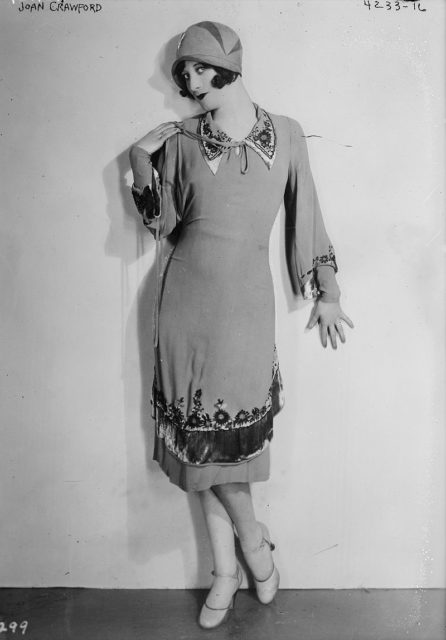
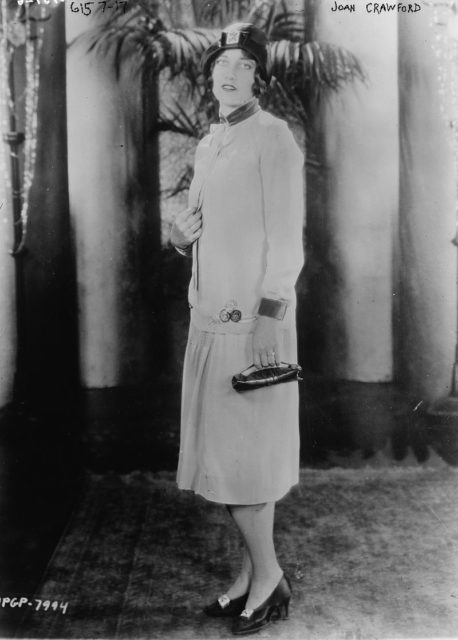
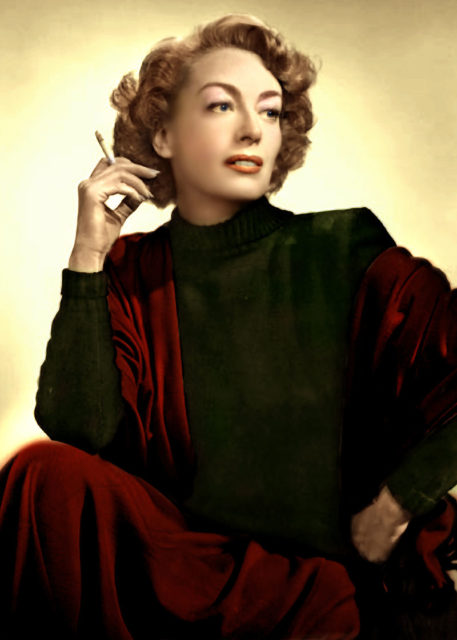
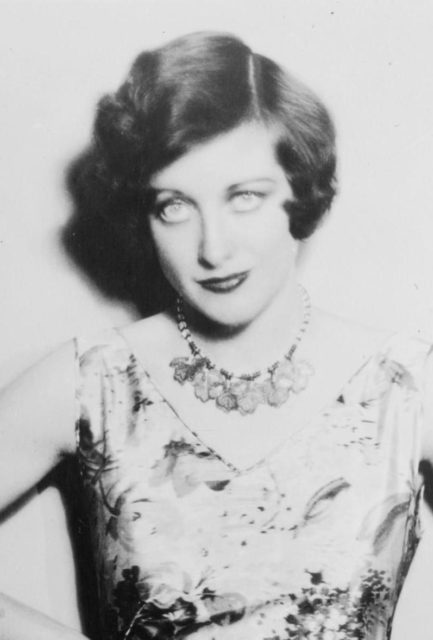
By 1925 she had moved to Hollywood and signed on with Metro-Goldwyn-Mayer. Initially, she was given little to do until eventually studio head, Louis B. Mayer, changed her name to Joan Crawford and insisted that her freckles never be seen by the public. At the time, the studios controlled the lives of their actors to keep the Hollywood star image intact. Actors could not choose what movies they wanted to take and were often loaned out to other studios in deals between executives. If they were having problems, stars were given drugs to wake up, drugs to sleep, and fake romances were often staged as in the case of Judy Garland and Mickey Rooney.
By 1930 Crawford was a bona fide star. She had married actor Douglas Fairbanks Jr., was changing her image and successfully made the transition to movies with sound. She appeared in more serious roles and was paired with male leads such as the Barrymores, Clark Gable and Gary Cooper Crawford was at the top of the Hollywood elite when Life Magazine declared her “Queen of the Movies” in 1937.
After a series of bad movies, Crawford’s popularity began to wane. She had divorced Fairbanks and her second marriage to Franchot Tone was in trouble. She pressured Mayer to cast her in stronger films that revived her career until she left MGM in 1943.
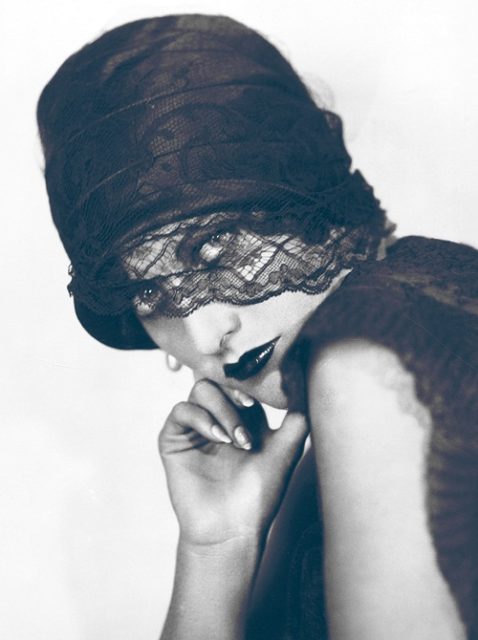
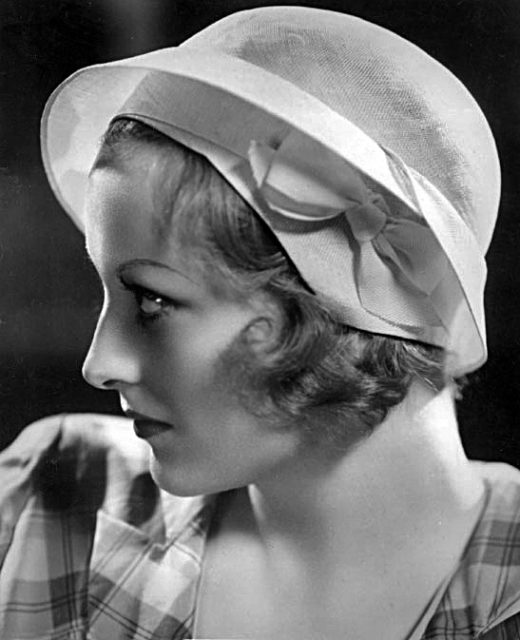
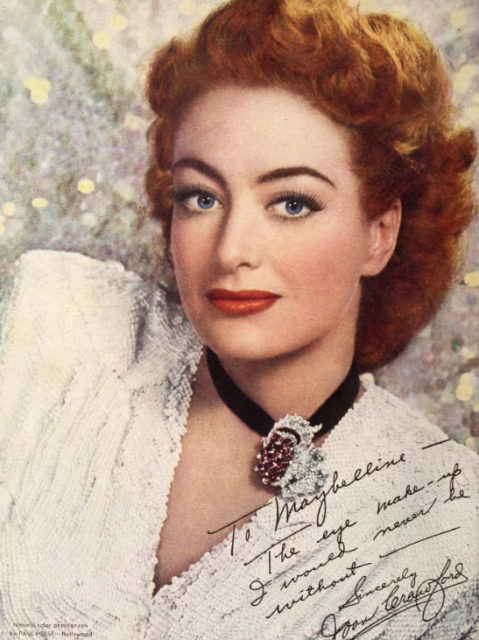
After a very short stint with Warner Brothers, Crawford had adopted a daughter, Christina, married for a third time and adopted a son. She lived the life of a wartime homemaker until her 1944 comeback in Warner Brothers’ film Mildred Pierce for which she earned an Academy Award.
Again, given lackluster roles, Crawford found her career in a slump. She separated from Warner Brothers in 1952. It was around this time that the advent of television had changed the movie industry forever. The studios no longer had control of the entertainment industry and declining theater attendance eliminated long-term contracts for the stars.
Her first movie not assigned by a major studio, Sudden Fear, was a success and earned her an Oscar nomination.
Her next few films were mediocre, and her personal life was falling apart. She was drinking heavily, had numerous relationships with men and was dealing with discipline problems with her children culminating with their enrollment in private boarding schools.
In 1955 she married Pepsi-Cola Chairman Alfred Steele. The marriage provided for her both professionally and financially. She became involved in her husband’s business, sold her California home and moved back to New York.
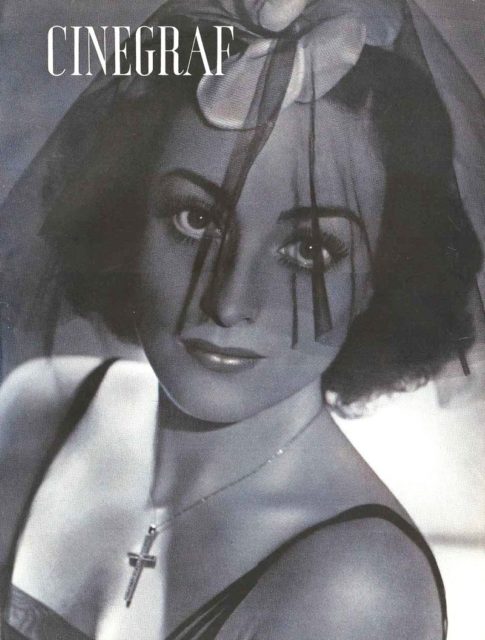
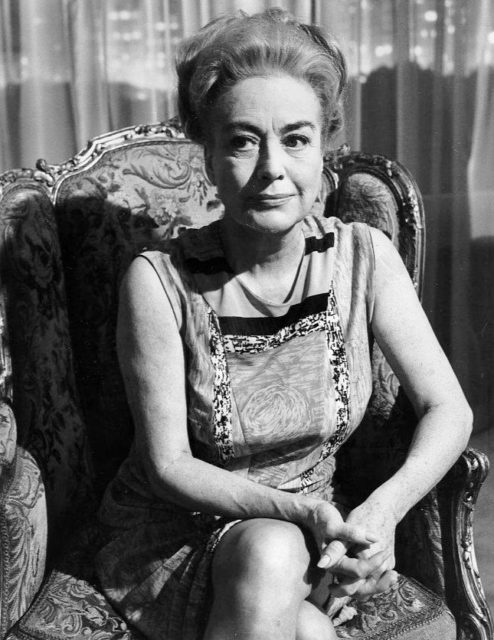
Crawford continued to act but was now financially stable enough to appear in films of her own choosing. After two successful movies, Autumn Leaves and The Story of Esther she lost her husband to a heart attack in 1959. She had also lost her financial stability because of Steele’s poor business decisions. She remained on the board of directors for Pepsi and actively supported the brand until the new head of operations forced her out in 1973.
A year later Clark Gable, who Crawford had called the only man she had truly loved, passed away and her daughter, Christina, published an unflattering expose of life with her mother in an article in Redbook magazine.
In 1961 Crawford approached fellow actor Bette Davis about turning the book, What Ever Happened to Baby Jane? into a film. It became a box office success and received several Academy Award nominations. Although it helped Crawford financially, she continued to act in unsuccessful movies. While her performances were memorable, the stories were unpopular with the audiences.
Crawford published two autobiographic books in the 1960s and received the Cecil B. DeMille award from the Golden Globes in 1969.
She kept herself current by making regular appearances on television talk shows and guest starring on series such as The Virginian and Night Gallery where she formed a lifelong friendship with Steven Spielberg.
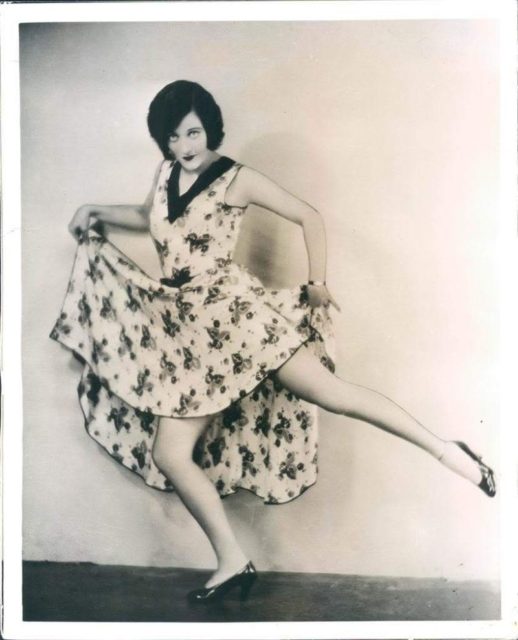
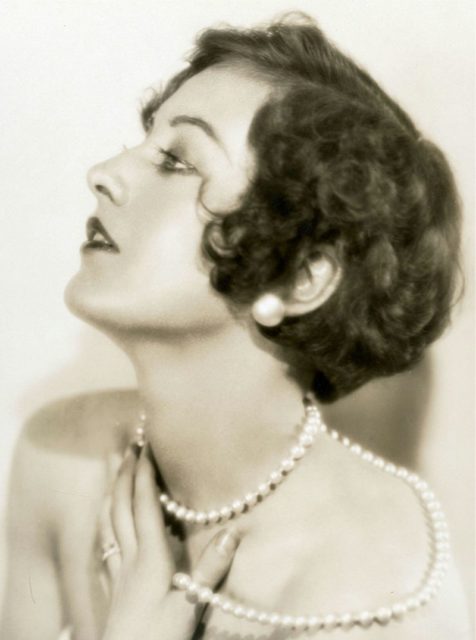
Crawford personal problems were not limited to bad marriages and family problems. She suffered from Obsessive Compulsive Disorder, which manifested itself by causing her to become obsessive about cleanliness. She was a compulsive hand washer and followed her guests around disinfecting doorknobs and dishes they had touched. She also refused to smoke a pack of cigarettes someone else had touched. She scrubbed hotel bathrooms before she used them and reportedly had her new toilet ripped out when she discovered the installer had used it.
Crawford’s last public appearance was at an event in honor of Rosalind Russell in 1974. She continued to visit with friends and attend private functions until 1977 when her health began to decline. She died on May 10, 1977, on what would have been her twenty-second wedding anniversary to Al Steele.
After her death, her daughter Christina, upon learning of her exclusion from Crawford’s will, published her now famous book Mommie Dearest which expanded her Redbook article into a vicious tell-all on growing up with Crawford.
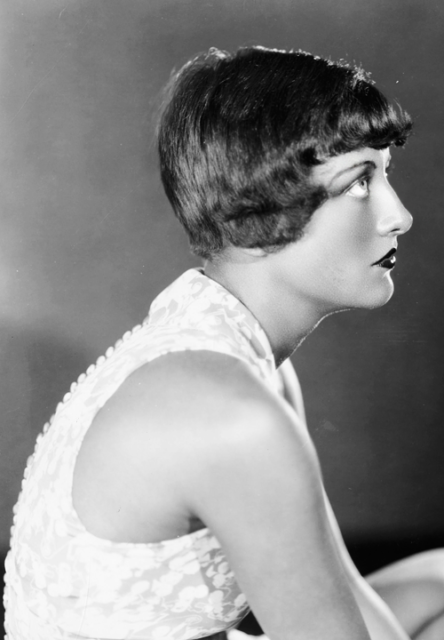

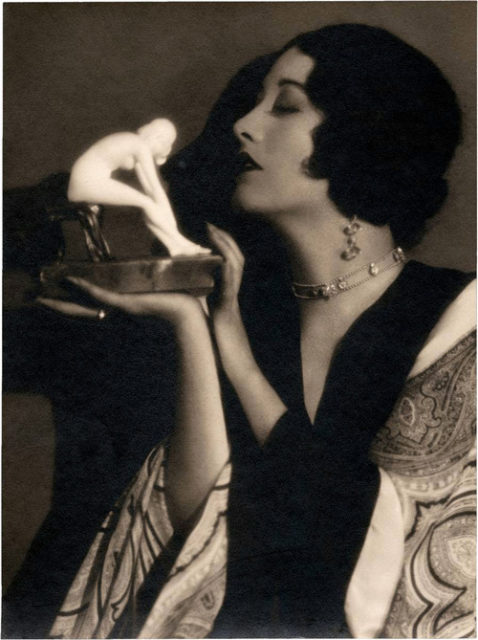
We have another Hollywood story for you: The most beautiful actresses of the 1930s
It is unfortunate that younger generations will remember Joan Crawford as the wire hanger-wielding crazy woman as portrayed by her daughter rather than for her body of work. Recognized with numerous awards both during her lifetime and after, her film legacy is a testimony to her ability to succeed in an industry controlled by men long before it was common.
